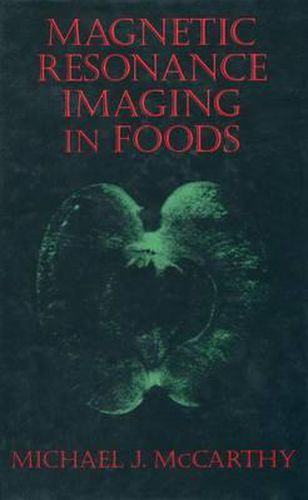Readings Newsletter
Become a Readings Member to make your shopping experience even easier.
Sign in or sign up for free!
You’re not far away from qualifying for FREE standard shipping within Australia
You’ve qualified for FREE standard shipping within Australia
The cart is loading…






This practical volume provides an introduction to magnetic resonance imaging in food research. The author discusses methods of implementing MRI in studies of food systems and presents a series of strategies and expected results. The book begins with two introductory chapters that define the different types of NMR techniques, from low-resolution through MRI, with emphasis given to the limitations and typical ranges available for studying particular phenomena in food systems. The bulk of the book is devoted to specific applications, including measurement of food structure, moisture and lipid distributions, droplet size distributions, and phase changes. The material is written so that advanced courses in physical chemistry and physics are not required for understanding. With the material covered, readers will be able to take advantage of MRI’s capabilities to non-invasively measure the food structure and transport properties of food components. In addition, the book presents potential applications for MRI as process control sensors and as quality assurance devices. This book should be of interest to food scientists and technologists in industry.
$9.00 standard shipping within Australia
FREE standard shipping within Australia for orders over $100.00
Express & International shipping calculated at checkout
This practical volume provides an introduction to magnetic resonance imaging in food research. The author discusses methods of implementing MRI in studies of food systems and presents a series of strategies and expected results. The book begins with two introductory chapters that define the different types of NMR techniques, from low-resolution through MRI, with emphasis given to the limitations and typical ranges available for studying particular phenomena in food systems. The bulk of the book is devoted to specific applications, including measurement of food structure, moisture and lipid distributions, droplet size distributions, and phase changes. The material is written so that advanced courses in physical chemistry and physics are not required for understanding. With the material covered, readers will be able to take advantage of MRI’s capabilities to non-invasively measure the food structure and transport properties of food components. In addition, the book presents potential applications for MRI as process control sensors and as quality assurance devices. This book should be of interest to food scientists and technologists in industry.